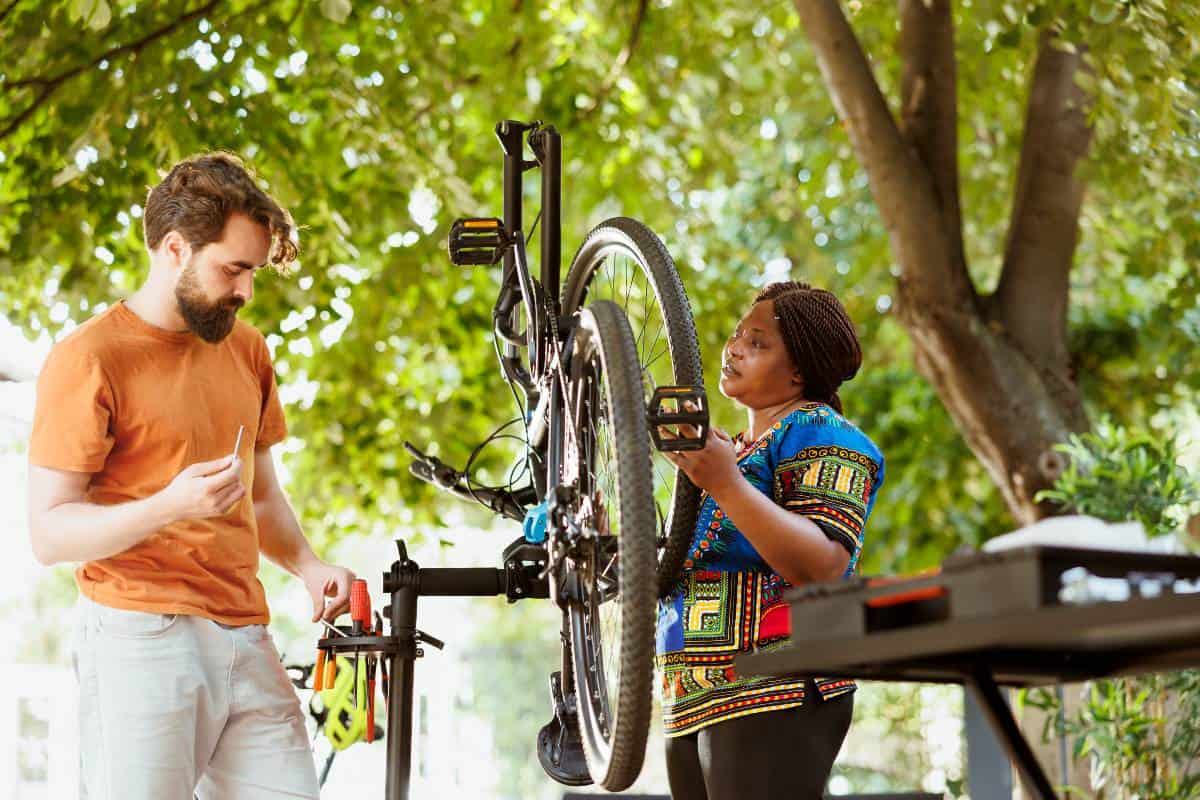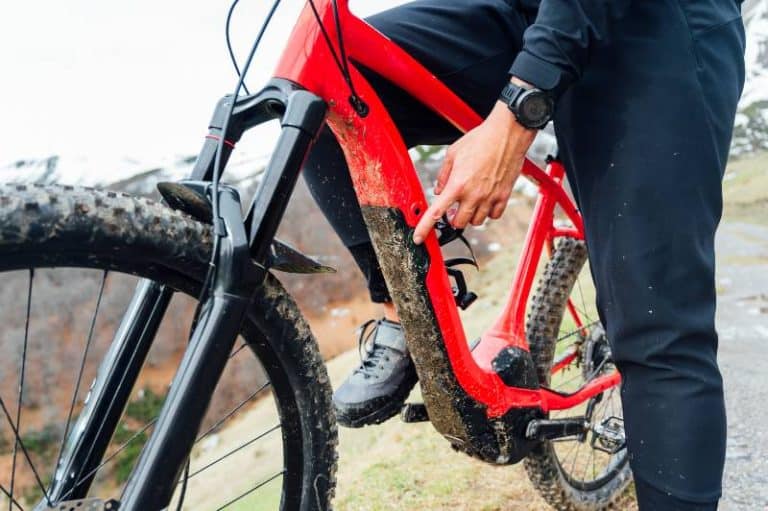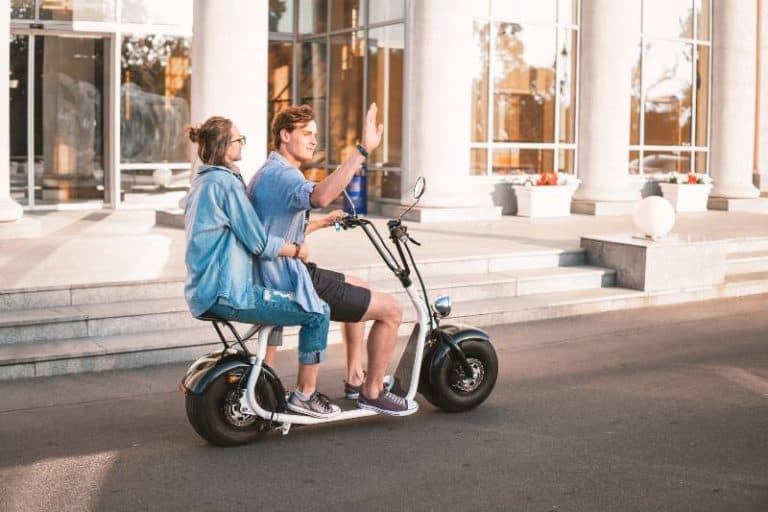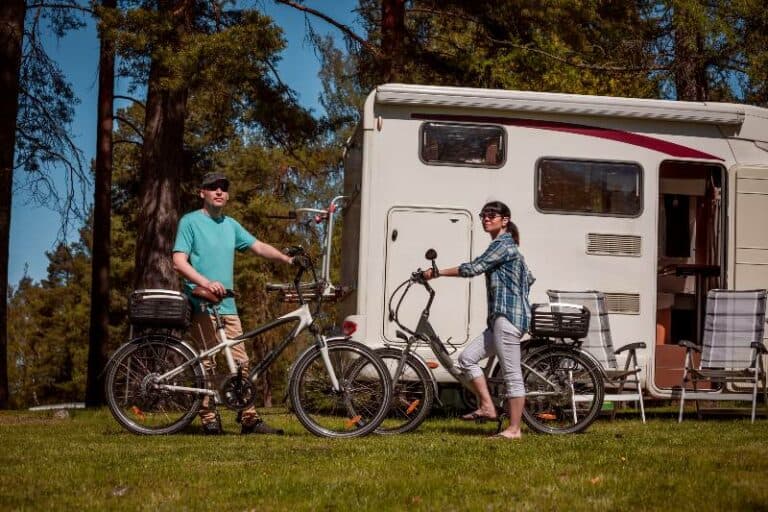DIY E-bike Conversion Kit [Things You Need To Know]
I never expected that a passion project tinkering in my garage would grow into a mission to empower the widespread adoption of electric bikes. When my daughter Trinity was born, the pressing threat that climate change posed to her generation’s future weighed heavy on me. On her birth date, Earth Day, I vowed to go all-in on accelerating the transition to sustainable transportation.
Key Takeaways
- Conversion kits allow you to transform a regular bike into an electric bike, or e-bike, by installing a motor and battery.
- Hub motors in the front or rear wheel offer simplicity, while mid-drive motors provide more torque and a natural riding feel.
- Conversions vary in difficulty – evaluate your technical skills and ensure compatibility before purchasing a kit.
Turn Your Bike Electric: A Beginner’s Guide to DIY E-bike Conversions
Thus Electrik Living was born – a platform dedicated to making “electric everything” more accessible. From bikes to electric vehicles (EVs), we break down the transition to enable and inspire cleaner transport. Converting a traditional bike into an electric bike, or e-bike, is the most hands-on way to join the movement. With some mechanical know-how and the right kit, you can electrify a trusty steed while slashing sticker shock.
Choosing the Right Conversion Kit
The world of DIY ebike conversion opened up choices I never considered – front hub vs rear, prebuilt wheel vs motor kit, torque sensor vs throttle. It soon became clear that:
- Hub motor kits, mounting inside the front or rear wheel, provide the simplest all-in-one solution.
- More advanced mid-drive motors mount near the bike’s pedals and drive train for better weight distribution and riding feel.
Evaluating Your Technical Expertise and Tools
Converting a traditional bike into an electric one requires some mechanical competence. Be honest with yourself – if terms like torque arms or bottom brackets make you scratch your head, consider enlisting help from your local bike shop. Before purchasing, make sure you have access to basic tools like Allen wrenches, a cassette removal tool, and wire cutters.
Installation and Assembly
Assembling a conversion kit bike feels a little like performing surgery -spreading everything in an organized manner and working slowly and deliberately. Having an assembly guide or video to follow is extremely helpful for first-timers.
- Removed the rear wheel, cassette, derailleur, and cranks to access the bottom bracket
- Carefully mounted the mid-drive motor using the included bracket
- Reinstalled the cranks, chainring, and gears to connect to the motor
- Wired up and mounted the throttle, pedal assist sensor, and LCD
- Attached are the battery and program settings to the preference
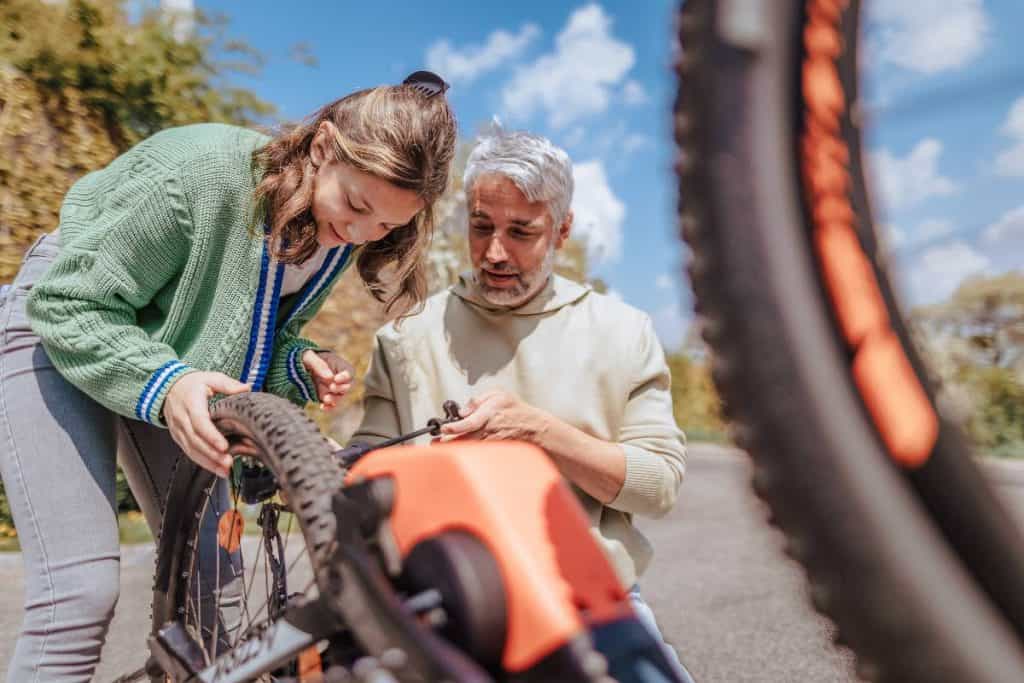
Customizing Your Ride
The ability to customize your motor, display, pedal assist response, and more is the beauty of DIY e-bike conversions. I could tailor Trinity’s ride for optimal safety and ease of use. With a Bafang mid-drive, you can connect to smartphone apps to tune:
- Top speed and acceleration
- The pedal assist engaged speed
- Throttle type and responsiveness
- Display information like voltage usage
Don’t be afraid to tweak settings until your bike feels like the perfect personalized vehicle. Of course, limit power and speed appropriately to your skill level and local regulations.
Riding and Maintenance Tips
Riding an electric bike for the first time can be an adjustment. Take it slow as you get accustomed to the power boost and added weight. Be mindful of traffic laws, wear a helmet, and use lights for visibility.
Proper care also ensures your bike conversion provides years of use:
- Fully charge batteries before and after each ride
- Check bolts and connectors regularly for tightness
- Maintain air pressure and brake pad thickness
- Protect electrical components from water/debris
With basic mechanical competence and some patience, you can unlock huge savings, a custom ride experience, and the satisfaction of plugging into the electric future with your own hands.
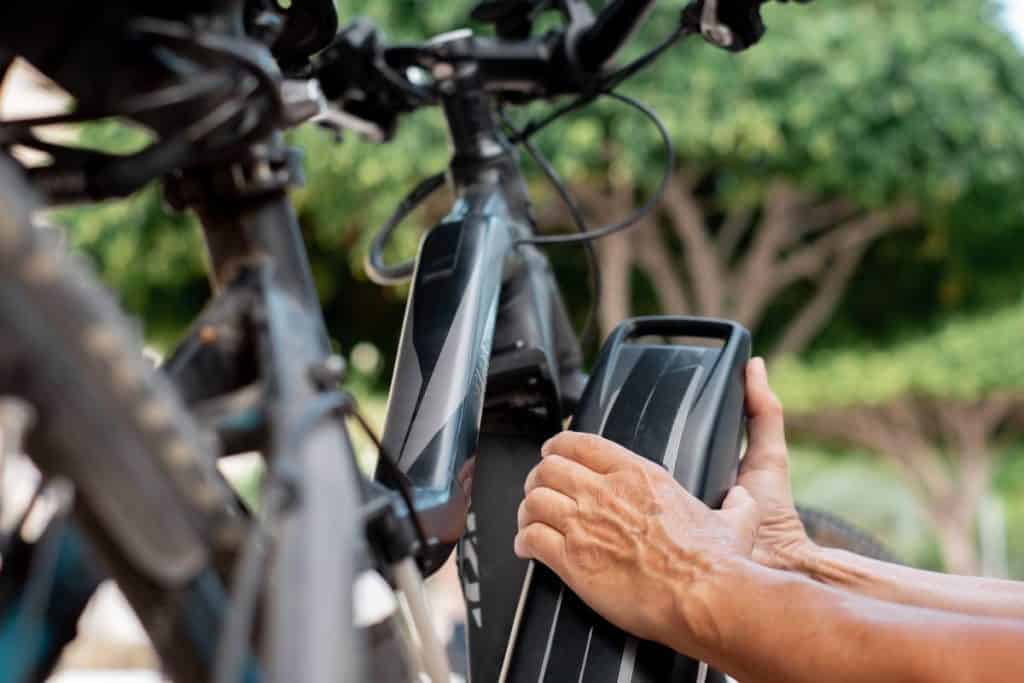
FAQs
What bike frames work with conversion kits?
Most kits fit standard frame sizes, but measure carefully for compatibility, especially with mid-drive motors. Step-through and mountain bike frames offer ease of use.
Is installing a kit difficult for someone with little mechanical experience?
It’s manageable for a mechanical novice if you follow instructions closely and enlist help when needed. Prior experience maintaining bikes is very helpful.
How fast and far can a DIY bike travel?
A 250W hub motor can reach 15-20 mph with a 20-40 mile range. A 750W mid-drive can hit 28 mph+ with a 60-mile range. Speed and distance depend heavily on motor power, battery voltage, assist mode, terrain, and rider weight.
Do I need a license plate or insurance to ride an e-bike conversion?
Most states don’t require registration, plates, or insurance for e-bikes under 750W and 28 mph. However, laws are evolving so check your state and local regulations. Ride safely and courteously regardless.
What does a typical e-bike conversion cost compared to buying a pre-built bike?
Converting averages 40-50% savings over a ready-made bike. A basic hub kit runs $400-800 plus donor bike cost. Mid-drives run $1000-2000. Pre-builts run $1500+.
Conclusion
When I first became a dad, I’ll admit I was overwhelmed by the enormous responsibility of raising a child in an uncertain world. But gazing into my baby girl’s eyes on the day of her birth, I found clarity in my purpose – to create a brighter future for Trinity and all children who have a right to thrive on a healthy planet.
With determination and care, we can build that world through daily actions, by transitioning our streets to cleaner electric transport, our grids to renewable energy, and our minds to sustainability. My daughter motivates me to turn passion into meaningful progress through efforts like Electrik Living. And I believe that together, equipped with information and initiative, we parents can give our kids the hopeful, vibrant future they deserve.
If you want to join us on this journey towards electric transport and sustainability, subscribe to the Electrik Living newsletter below for more e-bike tips, original research, and clean future insights delivered straight to your inbox each month. Together we can pedal towards progress!
